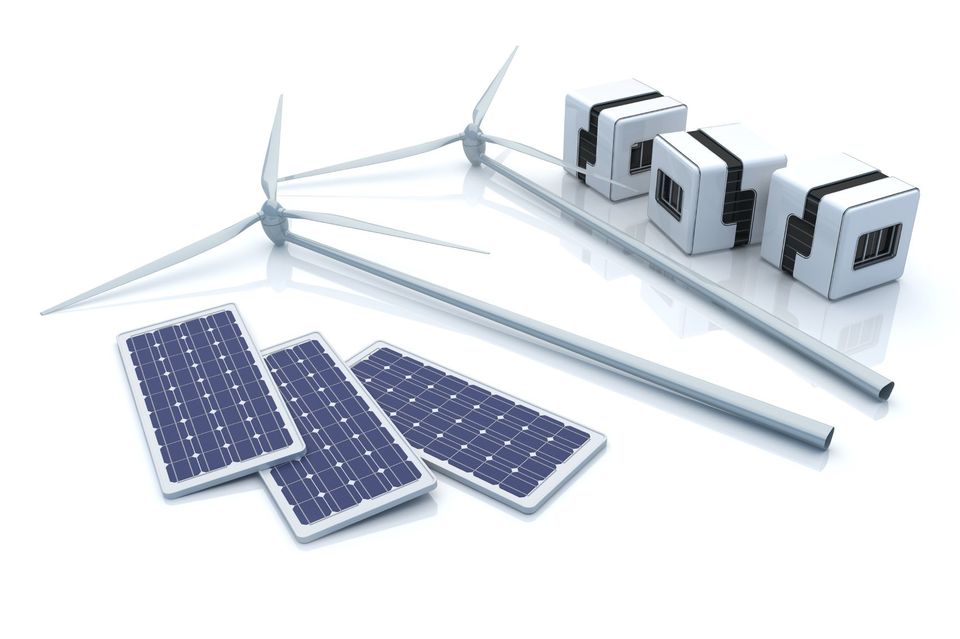What is behind the term "renewable energy"?
8. März 2021
In adaptation to changing circumstances and requirements, mankind in the Western world has changed its energy sources several times. From wood into the 18th century to coal during industrialization to oil and gas in the 20th century. The question now is how quickly we can make the leap into the age of renewable energy. And what exactly are renewable energies?

What are renewable energies?
Renewable energy is energy from an energy source that is sustainable. These include, for example, hydroelectric power, solar energy, wind energy, geothermal energy and biomass. This energy can be used indefinitely, unlike older used energy sources, also called fossil energy. The latter includes energy sources such as coal, lignite, petroleum, uranium ore, and natural gas.
What types of renewable energy are there?
On the one hand, there is solar energy. This is obtained from solar radiation. Both electricity and heat can be generated from this. The absorption and conversion of the energy works via so-called photovoltaic systems, which can be installed on house roofs or other surfaces. They convert the energy directly. In addition, there are also so-called solar thermal power plants, which are able to utilize solar energy.
Another renewable energy is bioenergy. This is obtained from the so-called biomass, which exists in different consistencies. The biomass is both animal and vegetable waste. However, renewable raw materials can also be used here. First and foremost, bioenergy is used to generate heat for heating.
Wind energy is also an important energy within the scope of renewable energies. Above all, electricity can be generated from wind power. Here, the buoyancy of the wind is used.
The fourth energy source is hydroelectric power. Here, too, one makes use of the propulsion. Hydropower is mainly used to generate electricity. It is one of the most frequently used renewable energies.
Finally, geothermal energy can be used. This is also known as geothermal energy. Geothermal energy can be used to generate heat, electricity and cooling energy. This energy source can be accessed by drilling boreholes.
Are renewable energies subsidized by the state?
The answer here is clearly yes. This is mainly because the government has decided on certain climate targets and set percentage benchmarks within which energy use should improve. To provide an incentive and make renewable energy attractive, government subsidies are provided. Both KfW and BAFA offer various subsidy programs to support the energy transition. For example, BAFA offers subsidies for solar collector systems that are to be installed in new buildings. There are also grants for heat pump or biomass systems. For existing buildings older than two years, the replacement of a heating or cooling system is also supported. Here, there are subsidies for biomass systems, solar thermal systems, efficient heat pump systems, renewable gas condensing boilers, gas heating systems, and a replacement premium for old oil heating systems. The KfW bank distributes to the promotion loans and participates with repayment subsidies. There are loans for electricity and heat, for deep geothermal energy, for off-shore wind energy and grants for fuel cells as well as efficient building and renovation. It is also interesting to know that the state has promised a guaranteed purchase of self-generated electricity over a period of 20 years. Producers receive a fixed amount per kilowatt hour. Changes are also noticeable in the automotive industry. Here, too, attractive premiums are available for the purchase of an electric or hybrid vehicle.
Is there a difference between renewable energy and renewable energy source?
Yes, there is a difference. However, the differentiation is marginal. In principle, the renewable energy source is the raw material itself, i.e. the sun, water or wind. Renewable energy, on the other hand, is the energy drawn from the renewable energy source, which is ultimately further processed and used.




